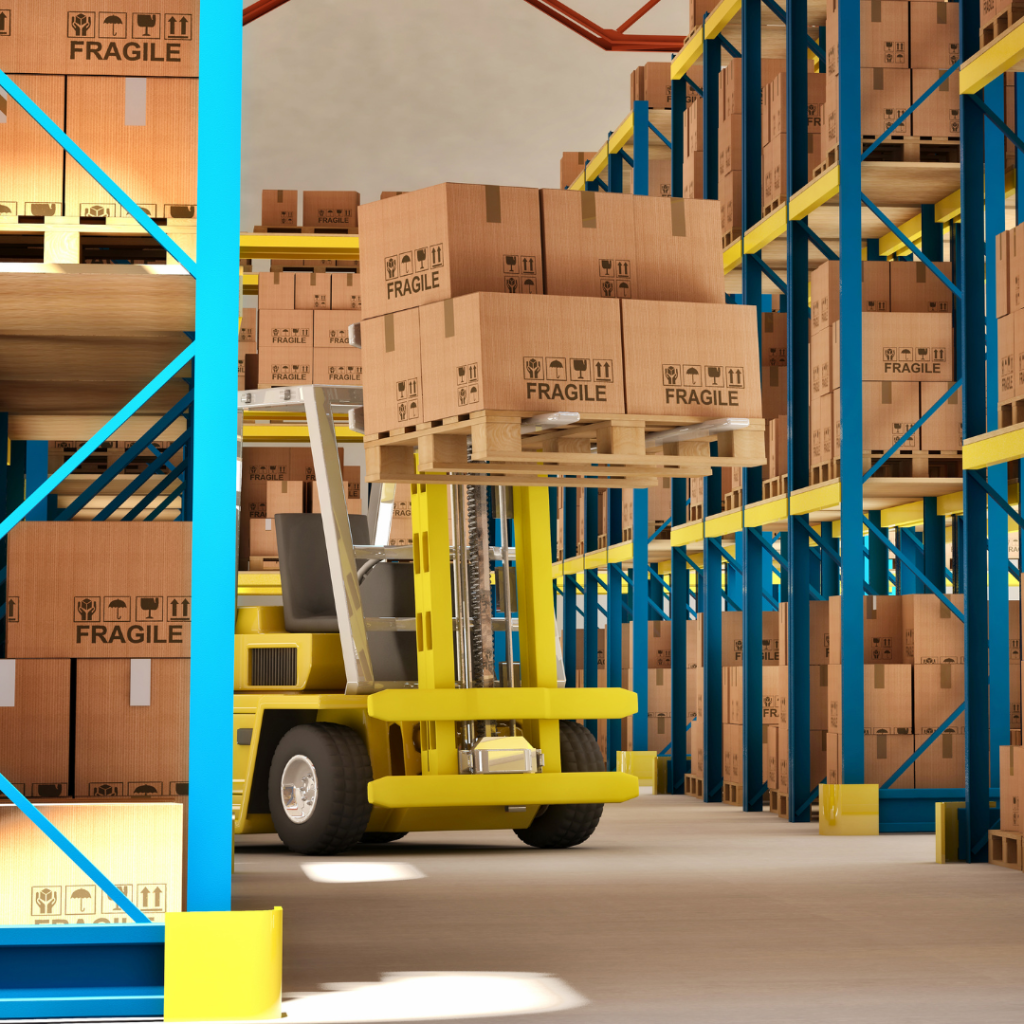
Typical Types of Material Handling Equipment Used in Warehouse
When opening a warehouse, people in business have to deal with many different aspects. So, one of the first things they must think of is managing stock in their warehouse. Effective stock management ensures that products are organized and accessible, allowing for smoother operations and customer satisfaction.
One crucial aspect that individuals must not forget when opening a warehouse is ensuring that their facility complies with local government regulations. This includes adherence to building codes, the provision of fire safety measures, and compliance with electrical safety standards. To ensure electrical equipment is in compliance, they can seek the assistance of Asset Test & Tag’s electrical services or similar providers. Similarly, they can install fire suppression systems, fire alarms, and have emergency fire exits in place to meet fire safety standards.
On the other hand, they shouldn’t forget about employee safety. It is highly important to ensure that warehouse employees do their jobs safely. Warehouse workers have to handle many heavy materials and objects while working, so they should wear proper clothing and footwear. Appropriate safety apparel plays a crucial role in preventing accidents and injuries. Providing workers with protective gloves available at sites like unigloves.com, safety helmets, steel-toed boots, and high-visibility vests can significantly reduce the risks associated with working in a warehouse environment.
Material handling equipment plays a very important role in any organisation. So, it is necessary to have a proper selection of such equipment that will serve the organisation’s purpose. The types of material handling equipment used vary based on the scope of the job to be done. Most warehouse equipment tends to be designed in a manner that reduces the burden of manual handling for heavy or bulky items. Keep in mind that the required handling equipment may differ depending on the storage structure. For example, those who have contacted a UK Mezzanine Floor Supplier or an industrial shelving supplier to create additional usable space in the warehouse should also make arrangements for material handling equipment, such as a forklift or a similar alternative, to ensure that materials and goods can be efficiently transported and managed, all while taking into account safety and load capacity.
So, before selecting any material handling equipment, it is essential to know the various kinds of equipment that are used to carry out varied tasks.
- Lift trucks – Lifting equipment comes in many forms, from electric pallet jacks to industrial forklifts to loveable order pickers. Lift trucks (also called forklifts) are one of the most common types of material handling equipment in warehouses, used for both lifting and transporting materials.
- Pallet trucks – Pallet trucks are relatively easy to operate. Their range, speed, and capacity make them extremely versatile material-handling equipment, which can perform a number of different tasks. They are most commonly used to move boxes/pallets around a warehouse.
- Stackers – Stackers can be electric or manual, pneumatic or hydraulic, and can be used to stack cartons or cases, totes, pallets, or ladders.
- Conveyors – They are the workhorses of the material handling industry. They are notoriously overlooked when it comes to their importance in warehousing, but conveyor systems are vital to the smooth functioning of warehouses.
- Order Picker – Order pickers are material handling equipment that lifts and moves items, while forklifts are material handling equipment that carries and stacks items.
- Side loader – Side loaders are the most common types of material handling equipment used in warehouses. Many warehouses use a variety of side loaders to pick and place freight into storage racks. Side loaders are single-load, walk-behind vehicles that use a rack-mounted fork that lifts a load places it, and then lowers the load back to the ground.
- AGV – AGVs (automated guided vehicles), to name a few. Pallet jacks, reach trucks, and stackers are considered three-wheeled vehicles, and AGVs are considered four-wheeled vehicles. Finding out more about each type of equipment can help you determine which one is right for your operation.
- Bucket elevators – These bucket elevators would transport materials or products from one level to another in a warehouse. Material handling equipment in warehouses can be used to store materials or products efficiently.
- Hoppers – The hopper is a type of material handling equipment that is used to physically move heavy or bulky objects from a storage location to a location where they can be used. There are different types of hoppers that are commonly used, including gravity hoppers, belt conveyors, belt conveyors, screw conveyors, and pneumatic systems.
- Silos – Silos are built with thick concrete, have very thick walls, and many have a substrate reinforced with steel or concrete. They are essentially underground structures, usually built underground on hills or hills that naturally slope so that the earth can flow into the silo.
Material handling is the process involved in moving, storing, loading, unloading, or handling goods. The term material handling can be broken down into 3 main categories:
- Manual material handling – Manual handling equipment (also known as MH equipment) or manual handling devices (MHDs) are used in warehouses to move, lift, and carry objects. Manual handling equipment can move goods short distances without needing power. They can also be powered for long-distance material handling. MH equipment can include trolleys, hand trucks, conveyors, and lifts.
- Mechanical material handling – The mechanical material handling equipment used in a warehouse includes both stationary and mobile equipment. The stationery consists of conveyor belts, (lockers and) overhead monorails, and other types of conveyor systems. Mobile includes hand trucks, pallet trucks, and lift trucks.
- Electrical material handling – Electrical Material Handling Equipment (EMTE), also known as electromechanical equipment, refers to any equipment which uses electricity, such as powered industrial trucks, automated storage and retrieval systems (ASRS), automated guided vehicles (AGV), and warehouse management systems. Typical EMTE applications include industrial storage, order picking, order fulfillment, inventory control, packaging, and palletizing.
It’s also important to note that maintaining warehouse equipment and replacing parts when necessary is essential for the efficient and safe operation of a warehouse. Regular maintenance helps prevent costly breakdowns and downtime, ensuring that operations run smoothly and meet productivity goals. Timely replacement of faulty parts extends the lifespan of equipment, reducing long-term expenses and the need for frequent replacements. Ensuring that the new parts are of good quality is also essential, which is why getting different types of compressors, Asco Valves (or valves from a similarly reputed company), pumps, and gauges is a good idea. Additionally, well-maintained equipment enhances workplace safety by reducing the risk of accidents caused by faulty machinery. Overall, investing in equipment maintenance and replacement as needed is critical for optimizing warehouse efficiency, reducing operational costs, and ensuring a secure working environment.
Warehouses need material handling equipment that will meet their needs. The equipment must fulfill the following functions; the efficient movement of products, the safe storage of products, the efficient picking and assembly of goods, the efficient movement of employees, and the efficient use of space.
Besides, in small warehouses, transportation of products from one warehouse to another can be a tedious and exhausting task, especially when the products, being heavy and awkward, need to be moved over a long distance. Thus, in warehouses, different types of material handling equipment, such as forklifts, reach trucks, pallet jacks, etc., facilitate the transportation of products from one warehouse to another.
